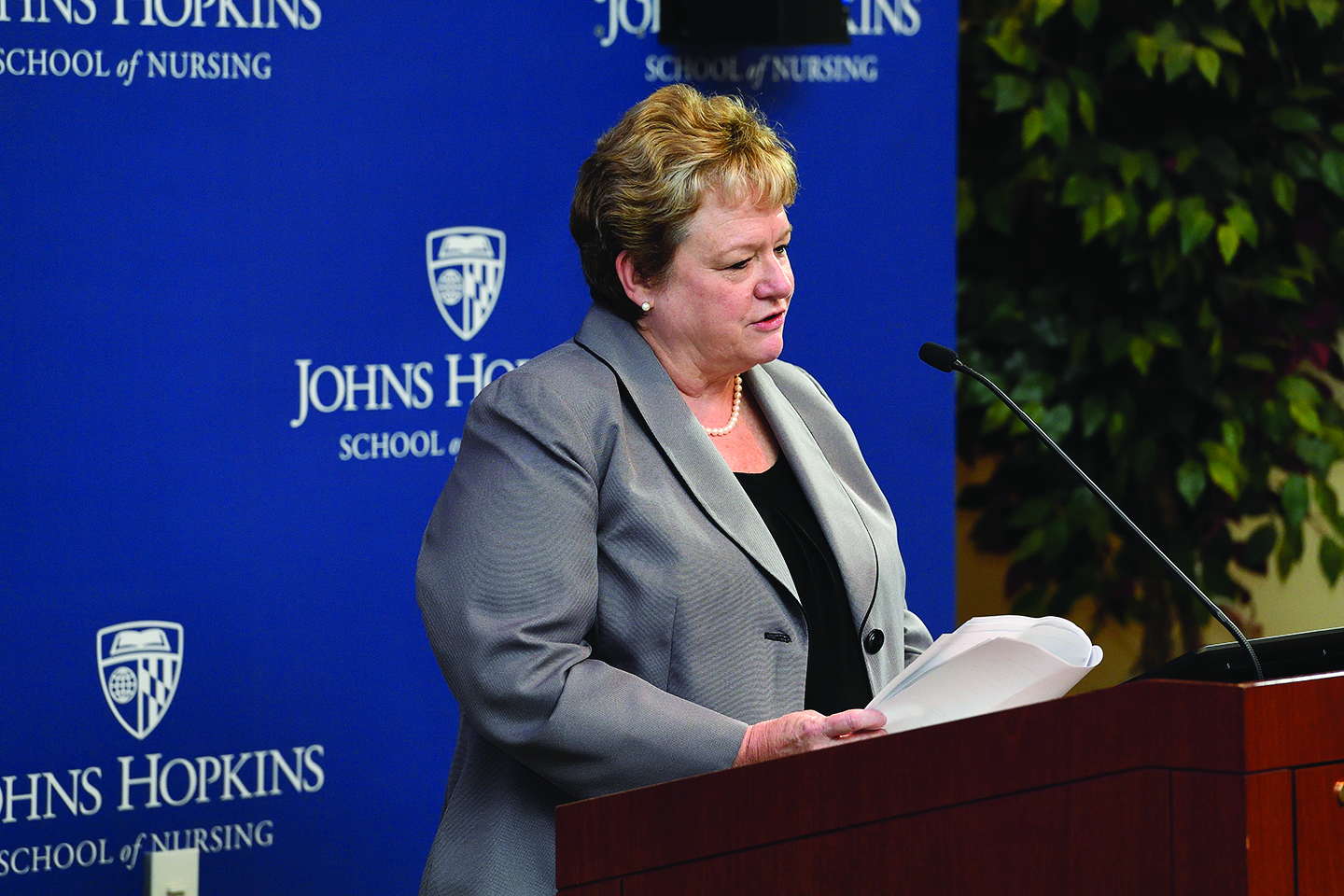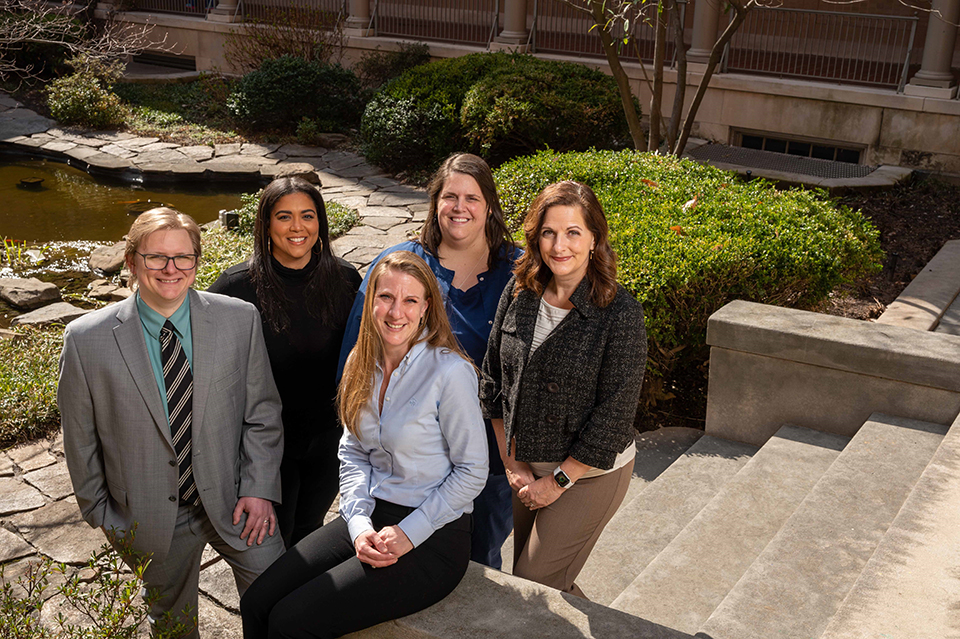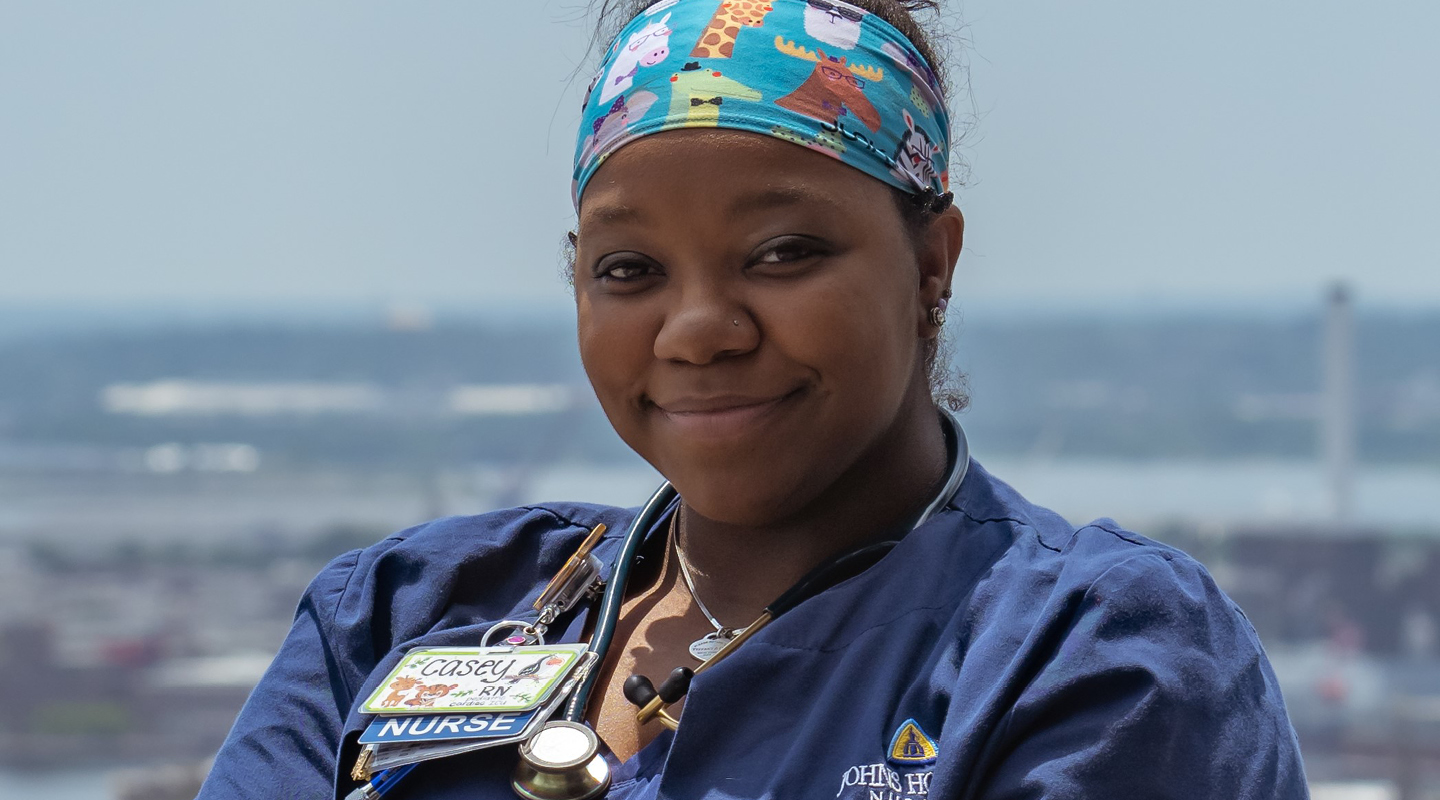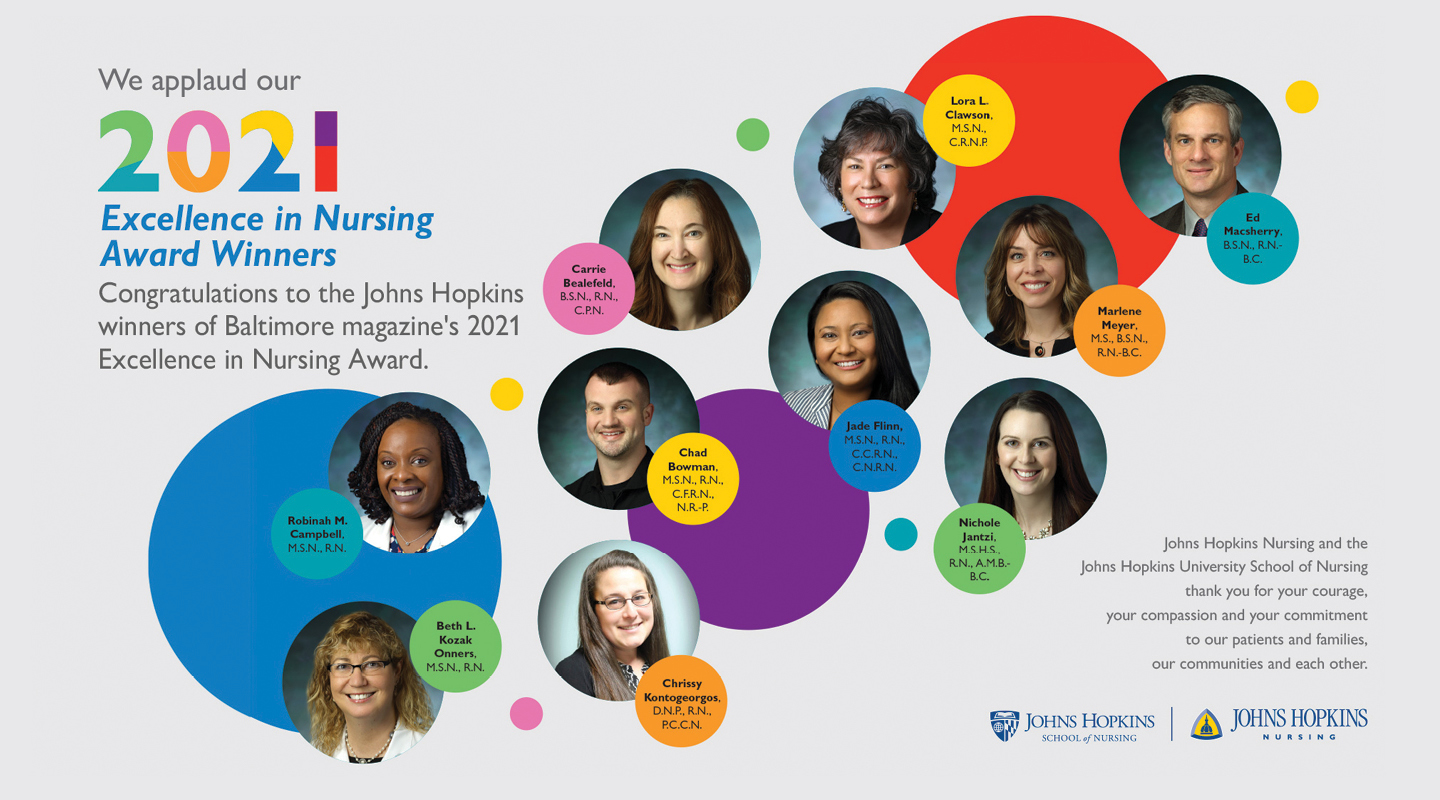There’s no way to pretend that you’re still in the United States when you’re walking down a hospital hallway surrounded by men in dishdashas (ankle-length, collarless white robes) and guthra (men’s head scarves) and women wearing the all-covering abeyya (a full-length black robe) and shayla (headscarf). The United Arab Emirates, where I will be doing my 8-week Transitions Practicum, is an interesting mix of the modern, traditional, Westernized, and Arabic. It seems incongruous to me to see the traditional Bedouin robes and guthra paired with a Bluetooth, but there it is, and it’s a combination that’s everywhere. Mid-way through our orientation, during a quick break between an HR presentation and getting our ID badges made up, we were cordially ushered over to a Starbucks on the ground floor of the hospital. We sat in drinking cappuccinos from an American chain, feet carefully arranged underneath us, surrounded by dishdasha-clad men and veiled women. That immediate juxtaposition of the different and familiar will take some getting used to.
The UAE has only officially been an independent nation for about 40 years now. Before that, it was a British protectorate. It’s been economically transformed from a struggling region to a wildly wealthy one in just a few short generations. In 1960, the only form of transportation in the UAE was camel, and the average life expectancy was 45. You can find photos of Al Ain from as recently as 1979, the year the hospital was built, and the road going up to Tawam was sand, not pavement. Now, they have all of the medical problems of the United States, and one of the highest rates of diabetes in the world.
Under Tawam Hospital Management Agreement, Johns Hopkins Medicine International (JHMI) oversees daily operations at the hospital here and guides (among other things) the development of educational programs, including a two-way residency and exchange program between Tawam and Johns Hopkins Hospital—that’s how I get to do my Transitions Practicum here. Apparently, one of the sheiks from a ruling family in the UAE received care at JHH many years ago, kicking off the formal relationship between the two regions. Seeing the familiar Hopkins logo everywhere definitely adds to my feeling of being both at home and very far from it at the same time.
Tomorrow is my first shift on the Labour & Delivery Unit. It is a 10-bed, Midwife-led unit that sees over 1,000 patients a month—both high and low risk—and delivers on average 400 babies per month. I met the nurse manager yesterday and got my first look around the unit. The L&D team is multinational, with staff from the United Arab Emirates, United Kingdom, Trinidad and Tobago, South Africa, the Philippines, Lebanon, Palestine, and India. Everyone seems really nice. “We’re like the United Nations,” one of the midwives said as I was shown me around the staff break room. “Sometimes we bicker, but we always protect each other.” They elbowed each other and laughed.
I start the first of three consecutive 12-hour shifts tomorrow morning.
I hope I’m ready for this.
[cross-posted with megbeingthere.wordpress.com]
 A Letter from Deborah Baker: The Role of Your Career, Right Here
A Letter from Deborah Baker: The Role of Your Career, Right Here A Tested Tool Keeps Patients Safe
A Tested Tool Keeps Patients Safe DAISY Awards
DAISY Awards Certifiably Awesome
Certifiably Awesome 2021 Top Nurses
2021 Top Nurses







